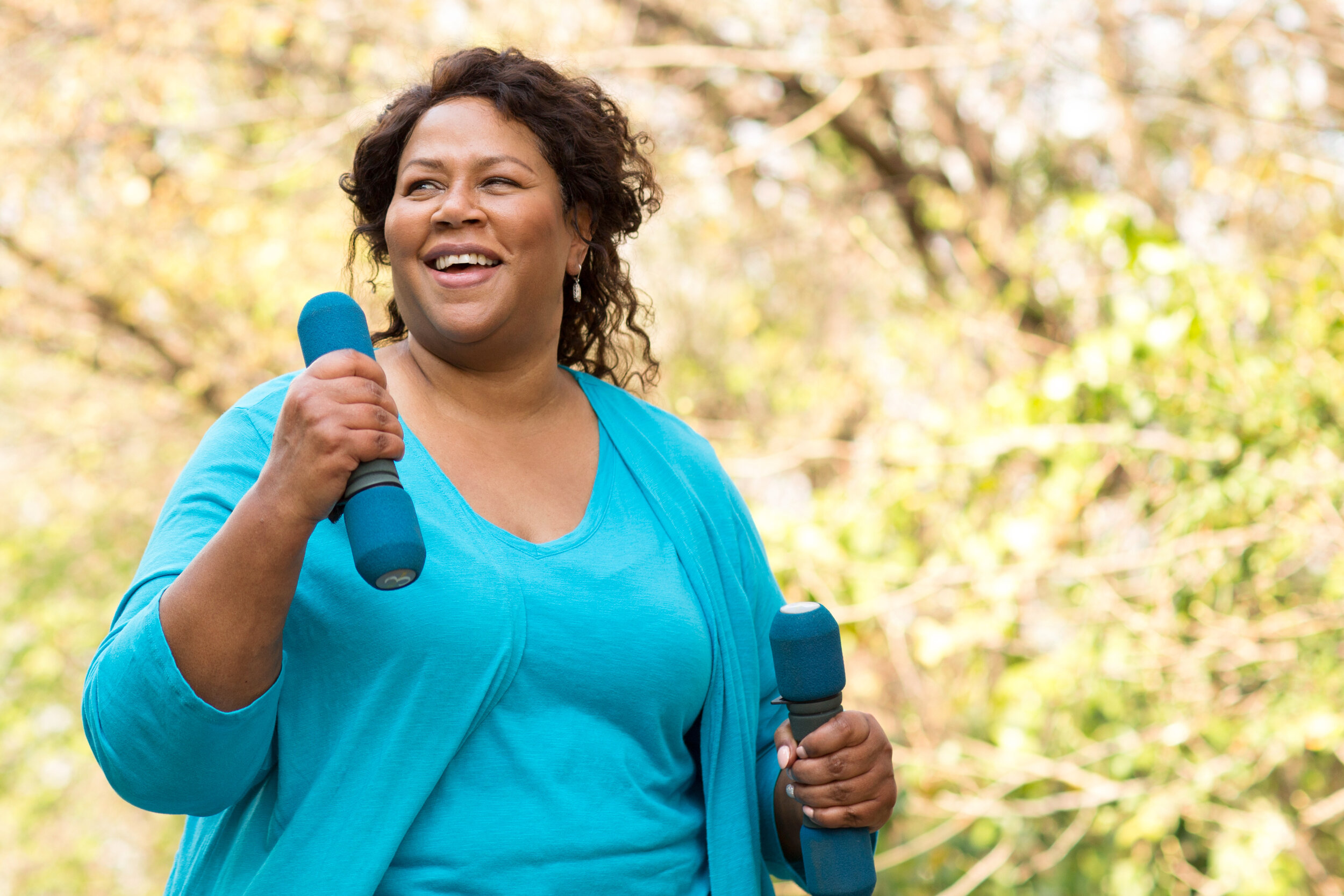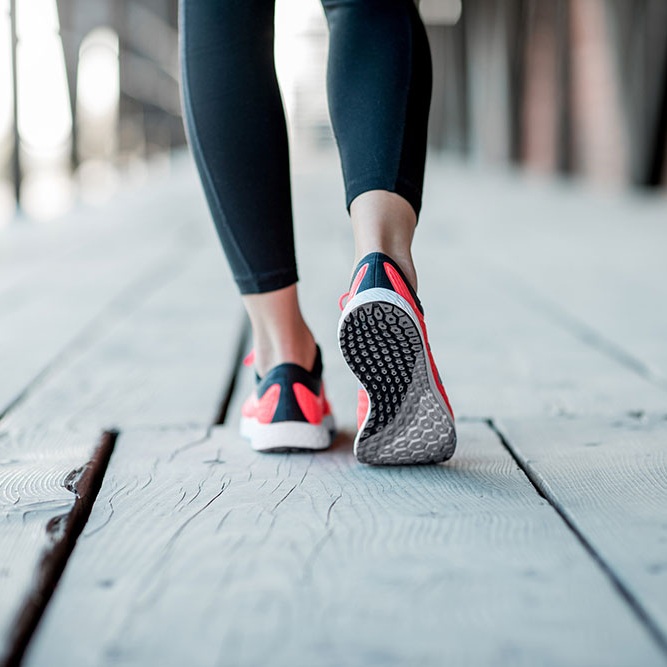How to Sweat More When Walking: Five Ways to Turn Walks into Workouts
Advertising Disclosure- Our content is free because we earn a commission when you click or make a purchase using our site.
When it comes to exercise, sweat is a good thing. Not only does it help to regulate our body temperature and keep us comfortable, but there has also been research to suggest that people get a more intense workout if they sweat more. And, while some experts say sweat doesn’t make for a better workout, there are potential vascular benefits (like enhanced blood flow and expanded blood volume) that are irresistible.
But if your exercise of choice is walking, a primarily low-impact activity, what are you to do? First of all, feel confident that both walking and vigorous exercise are associated with cardiovascular benefits. And, know that walking provides many other benefits spanning beyond the physical into the mental health space.
And, if you want to kick your walking routine up a notch and sweat more, here are five things you can do to with minimal effort. Pick one or more (or all) and turn your walks into workouts!
1. Pick up your pace
I walk my dog every day. Sometimes, when time is tight, I walk her way faster than usual. Those are the days she’s nearly running and I find myself returning home with an elevated heart rate and a touch of perspiration on my skin. So if you want to break a sweat from walking, walk like you have to get home in a hurry. As someone who used to speed walk on my high school track team, I’ve always loved the physical paradox of the low impact activity with a high impact outcome.
If you aren’t familiar with how to brisk things up on your own, you can always use music to pick up the tempo. Most people walk at a pace that brings their heart rate up to 120 beats per minute. By selecting music that has a higher BPM (think Boom Boom Pow by The Black Eyed Peas) you’ll find yourself natural keeping a faster pace. A quick Spotify search will offer you plenty of other suggestions. Get started by searching for songs with a BPM of 130. Several playlists for runners exist that can spur you on as well.
2. Utilize hills
I live in the suburbs, on the top of a hill, so this one is a no-brainer for me. I have a 1-mile loop I walk with my dog every day that gives me two options. Sometimes I turn right and head down a steep hill then face a long incline the rest of the way. Other days I turn left, walk a slow decline, then work my glutes like nobody’s business on the steep hill return.
You can mimic this on a treadmill, however, if that’s your option. Work that incline option and pretend you out there in a hilly suburb. Or, if it’s safe, drive to a different neighborhood that has some hills you can borrow. Better yet, find a public open space or hiking trail and turn your walk into a full-on outdoor adventure.
3. Incorporate intervals
This one also takes me back to my track team training days. My teammates and I used to jog the track in a straight line, single file, keeping pace with the lead runner. Periodically, our coach would blow a whistle, and the person last in line would have to sprint to the front and resume the pace as the line leader, without slowing everyone else down. We’d do that drill over and over again, alternating jogging with sprinting the entire way around the track.
Borrowing from the race training world, you can do the same for a walk. Alternate a leisurely pace with bursts of speed walking, creating intentional momentum. Purposely pump your arms and pick up the speed of your feet for a 6o second interval, then slow it down for a period of recovery. On a longer walk, work towards alternating five minutes of speed walking with five minutes at a slower pace.
4. Add weight
Have you ever tried to carry something, like a backpack, or someone, like a toddler, on a walk for an extended period of time? Brutal, right? That’s because you added weight to your workout.
The extra load of carrying weight while you walk will force you to work harder. There are weights on the market designed for walking, like these from Amazon. I one time had a diet coach tell me to carry a 10-pound bag of potatoes around with me then put it down to realize what a difference losing 10 pounds could make. So grab a bag of potatoes — metaphorical or otherwise — and head out there for your next walk!
5. Join a virtual walking class
Nothing puts some pep in your step like walking with others. And while that’s not always physically possible (in times of social distancing or when work schedules are tight), with the right app you can make that happen virtually.
With live, trainer-led classes on an app like Openfit, you’ll get that live interaction you crave to spur you on. With their Every Step program, you’ll also find contests, challenges, playlists, and a community of others who are trying to kick their walking game up a notch. (And, as an added bonus, you’ll also have access to hundreds of other on-demand workouts, personalized nutrition, and 24/7 access to experts and a community of people to connect with.)
Walking can be the perfect way to get outside and relax, but it can also be an effective way to burn calories and strengthen your muscles when you take your walks to the next level with these simple techniques.












